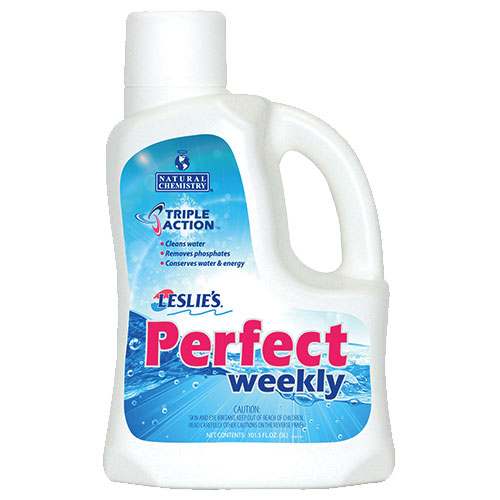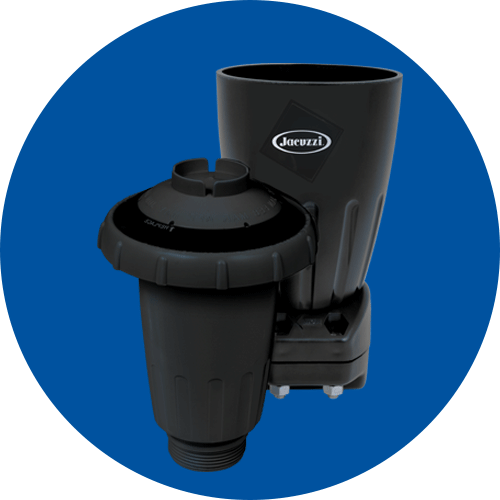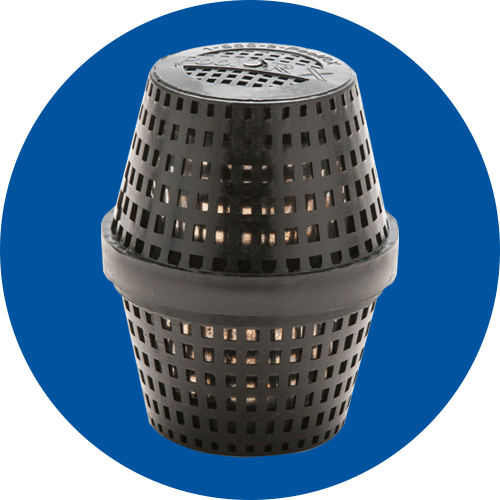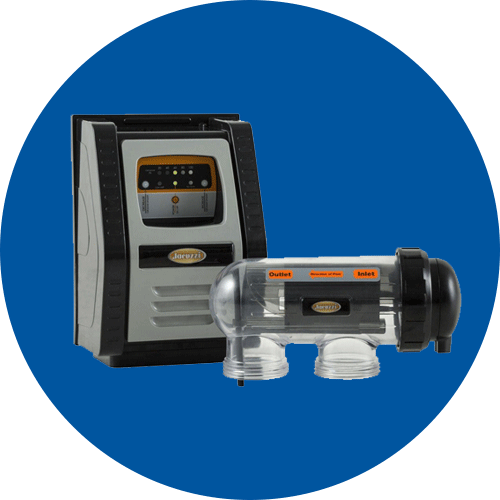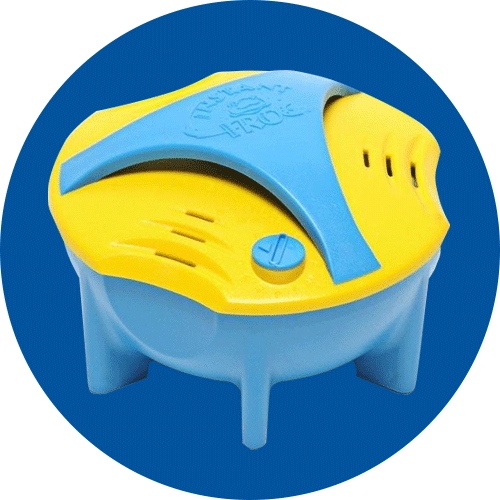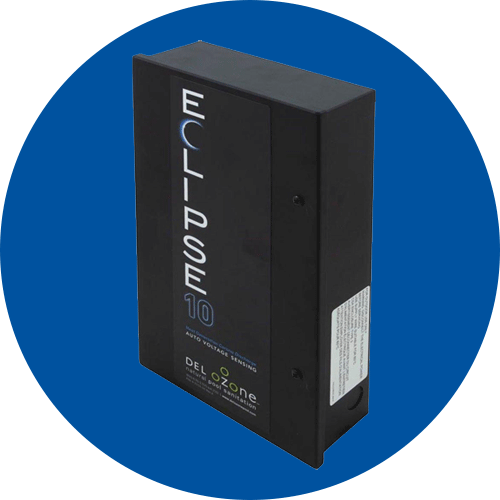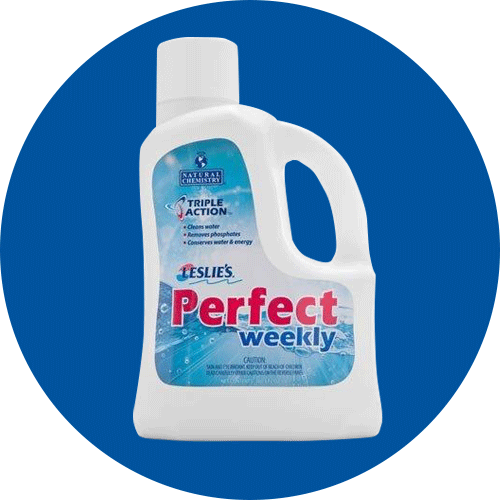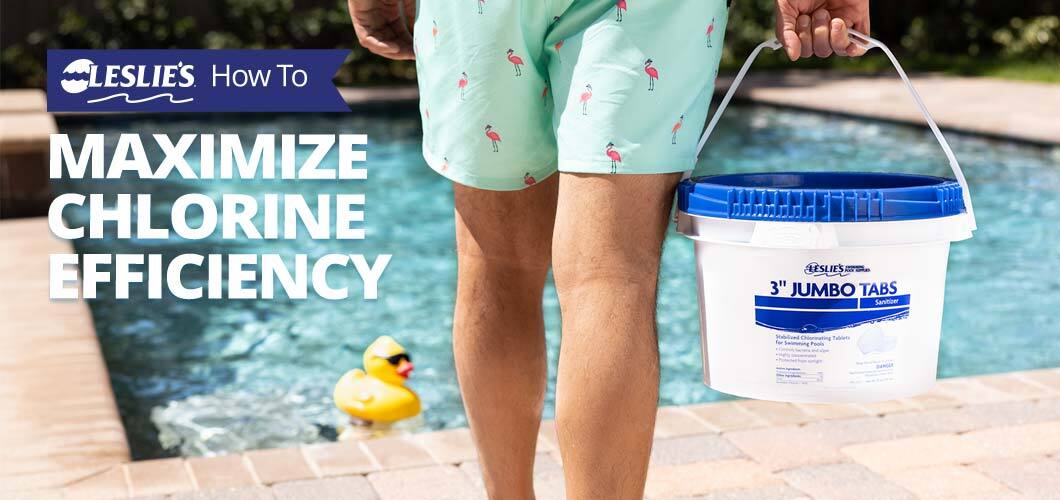
How to Maximize Chlorine Efficiency in Your Pool
There are many reasons someone might want to use less chlorine in their pool. Having to handle fewer chemicals, spending less money on sanitizers, reducing your dependence on chlorine tablets, and mitigating the harsh effects of chloramines are just a few of them. No matter the reason, many pool owners everywhere want to increase chlorine efficiency to ensure their supply lasts as long as possible. If you're looking to stretch your chlorine budget further this year, we have a few tips and tricks to help reduce chlorine use and maximize sanitizer efficiency in your pool. These include:
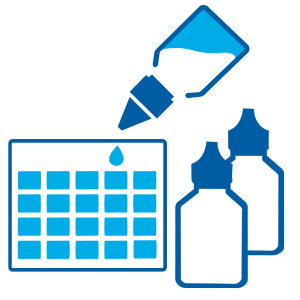
Routine Pool Care

Solar Covers
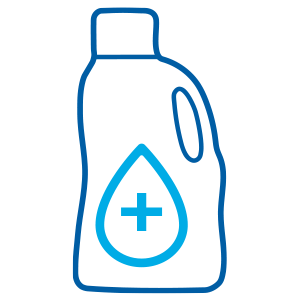
Specialty Chemicals
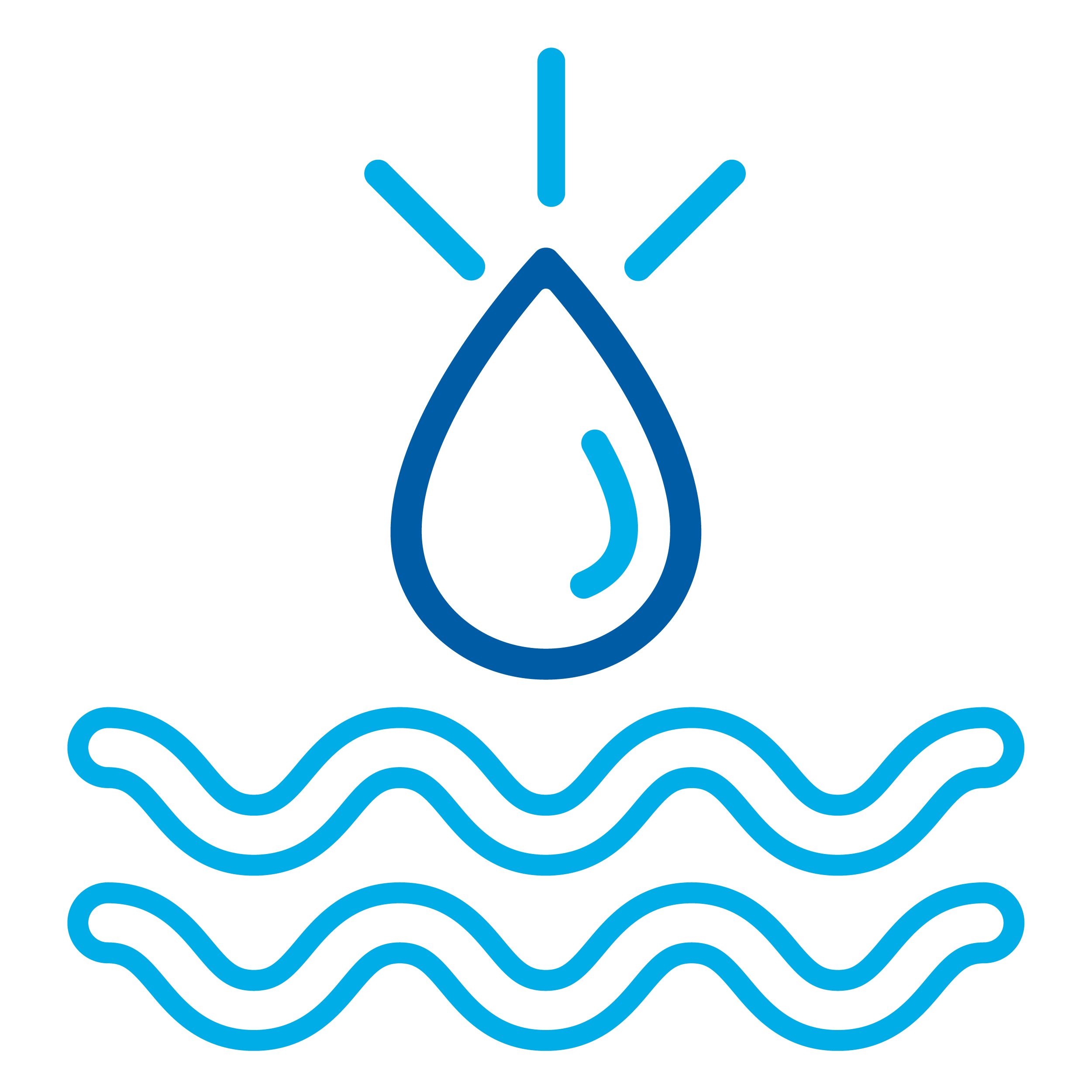
Alternative Sanitizers
Routine Pool Care
It's important to maintain properly balanced water that’s free of organic contaminants and debris. This allows pool chlorine to work most efficiently.
Water Balance
First, let’s start with water balance. Keeping pH balanced between 7.4–7.6 is crucial, especially when it comes to getting the most out of your chlorine. A low pH reading can cause Free Available Chlorine (FAC) levels to dissipate quickly. On the other hand, a pH reading that’s too high will make your sanitizer inactive and ineffective. Also check Total Alkalinity levels, as this often goes hand in hand with pH balance issues. Total Alkalinity (TA) should stay between 80–120 ppm. Don't forget about Calcium Hardness — the ideal range is 200–400 ppm.
While testing the water, don’t forget to check the levels of Cyanuric Acid (CYA) in your pool. Often referred to as stabilizer or conditioner, cyanuric acid protects chlorine against breakdown from the sun’s harsh UV rays. Most tablets are made from stabilized chlorine, meaning a small amount of CYA is added to the pool with each use. The CYA should stay around 30–50 ppm, including most pools with saltwater chlorine generators. Low CYA results in chlorine burning off faster than usual. Add conditioner with caution, though — high levels of CYA may cause chlorine to be less effective. If CYA is too high, the only practical way to remove it from pool water is through partial draining and refilling. Speak to a pool professional before considering removing water from your pool.
BONUS TIP: If you need extra help balancing your pool water, bring a sample to your local Leslie's store for a free test. Our state-of-the-art AccuBlue® water testing system precisely analyzes 10 aspects of your water's chemistry. You'll also get a detailed step-by-step prescription to rebalance your pool.
Pool Cleaning
Just as crucial as maintaining proper water balance, it’s important to keep the water clean, clear, and free of debris. Organic contaminants like plant debris, sweat, body oils, cosmetics, germs, algae, and more can quickly use up Free Available Chlorine in the pool. Chlorine lasts significantly longer in a clean pool than a dirty one.
To maximize sanitizer efficiency, regularly brush, skim, and vacuum the pool, and take a shower before jumping in the water. Make sure your filtration system runs for the proper amount of time each day. Don’t forget to regularly empty the pump and skimmer baskets, and clean the pool filter per manufacturer's recommendations. Shock or oxidize the pool on a weekly basis to remove or reduce ineffective Combined Chlorine, also known as chloramines.
BONUS TIP: Chlorine-free shock, such as Fresh ‘N Clear, is great for oxidizing the pool on a regular basis. It frees up existing chlorine, quickly breaks down non-living organic contaminants, eliminates the harsh smells and irritating effects of chloramines, and you can safely swim 15 minutes after application. Use non-chlorine shock whenever chlorine levels are at 2.0 ppm or higher; otherwise, you'll need to use chlorine pool shock.
Solar Covers
Solar covers work hard while the pool is not in use. They offer many benefits to pool owners, including natural pool heating, energy retention, water conservation, debris reduction, and yes, even chemical savings. Solar covers work by forming a barrier on the surface of your pool, reducing evaporation by as much as 90%. They're also effective in allowing pool owners to extend swim season by warming the water.
When it comes to chlorine, a solar cover can be your pool’s first line of defense against chlorine burn-off and chemical evaporation under the sun’s harsh rays. For better protection of your chlorine, make sure your Cyanuric Acid levels are between 30–100 ppm. Solar covers have been shown to reduce total pool chemical use by up to 30%–60% under the right conditions. Always follow the solar cover manufacturer's instructions for recommended Free Available Chlorine levels to prevent damage to the cover. To make a solar cover easier to handle, we suggest using a solar cover reel. They’re available for both inground and above ground pools.
IMPORTANT: Keep in mind that solar covers are primarily used for adding and retaining heat in the pool, making them popular during the cooler spring and fall months. Since increased water temperatures can increase chlorine consumption, we don't recommend using them during the summer months unless your municipality requires it for water conservation purposes.
As an easy-to-use alternative, you can also try a liquid solar cover, such as Natural Chemistry COVERfree. A liquid solar cover is simple to add to the pool, and doesn't require the extra hassle of removing it from the pool prior to swimming. They’re the perfect solution for someone seeking a low maintenance approach to water, chemical, and energy savings. Though not quite as effective as their traditional solar cover counterparts, liquid solar covers can still effectively reduce water and chemical evaporation by as much as 15%.
Specialty Chemicals
By adding a supplementary chemical or two, you can quickly and easily optimize the life of your pool chlorine. We highly recommend using Leslie's Perfect Weekly to maximize chlorine efficiency in your pool. Perfect Weekly is a unique Triple Action™ product that combines SMARTzyme, PHOSfree, and COVERfree technologies into one powerful pool chemical. But how does it help you save on chlorine?
Perfect Weekly packs a 3-way punch when it comes to chlorine conservation. First, enzymes work hard to break down organic debris that would otherwise be targeted by chlorine. This frees up your chlorine to focus on fighting living contaminants, such as algae and bacteria, and reduces overall chlorine demand. In addition, PHOSfree removes phosphates from the pool water, eliminating algae’s primary food source and greatly reducing the odds of an algae bloom. With no algae to fight off, your chlorine can work as efficiently as possible. Plus, as we discussed in the previous section, the addition of a liquid solar cover to the Perfect Weekly formula helps reduce the loss of water and chemicals due to evaporation. Apply a weekly maintenance dose of Perfect Weekly throughout the swimming season for best results.
Alternative Sanitizers
If you’re looking to significantly reduce chlorine use, or if you’re seeking a substitute for chlorine tabs, look no further than an alternative sanitizer. These sanitizing solutions are available at all price points, and each type offers its own unique benefits. To know which one will work best for your pool, let’s look at a few alternatives available.
Mineral Systems
Pool mineral systems are some of the most popular alternative sanitizers. There are many styles to choose from, including floaters, skimmer inserts, and in-line installations. Some mineral systems, called ionization systems, require a power unit to operate. Others are non-electric, and are either placed inside the skimmer or pump basket, or are installed in the return line of the pool. The non-electric units are simple to use, and also some of the least expensive options available. Certain mineral systems work to reduce chlorine use by introducing copper or a combination of copper and silver ions to the water, which perform as a long-acting sanitizer. In fact, some systems have been shown to reduce chlorine use by up to 50%.
Before switching to a mineral system, certain brands recommend testing your water for the presence of metals. If levels are at 0.2 ppm or higher, you'll need to add a product like Leslie's NoMetal to prevent pool stains and the discoloration of hair and fingernails. In addition, you'll want to avoid using pool chemicals that contain metals (such as copper algaecide), and routinely have your water professionally tested.
Saltwater Chlorine Generators
Converting your pool to a saltwater system allows you to generate your own chlorine. Saltwater or saline pools actually have lower salt content than human tears, so it’s barely even tastable, let alone detectable, without a water test. Saltwater chlorine generator cells use electrolysis to convert that salt into a steady stream of Free Available Chlorine. Once the chlorine is used up, it returns to its original salt form, and the process begins again. Saltwater pools are popular because they produce softer water that’s easy on eyes and skin, they won’t fade your swimwear, and they allow you complete independence from chlorine tablets as your primary sanitizer.
BONUS TIP: Thinking about converting your pool to a salt system? We have everything you need to know in our DIY Saltwater Pool Conversion Guide. From the cost of conversion, the pros and cons of salt systems, and the step-by-step process, we help take the guesswork out of converting your pool.
Ozone & UV
Another way to reduce the need for chlorine is to use an ozonator or UV sanitizer. Ozone and UV light are both natural sanitation solutions that quickly and effectively neutralize living contaminants like bacteria, algae, and other microorganisms in the water. Properly sized ozonators can reduce chlorine use by as much as 60–90%, and UV systems often reduce chlorine use by up to 50–70%. Most pool owners combine both systems to maximize chlorine longevity. Even so, a chlorine residual is still required for complete pool sanitization with these systems.
Bromine
In addition to the sanitizers above, there are also other pool chemicals that can be used in place of chlorine. For example, bromine is a sanitizer that's quite popular for indoor pools and spas or hot tubs. Though it can be more costly than chlorine, it's much more stable in warm water temperatures. It's also effective across a wider pH range.
It's important to remember that bromine isn't protected by Cyanuric Acid, and will dissipate quickly in direct sunlight. To start up a bromine pool or spa, sodium bromide is typically added to the water, then the water is shocked with a non-chlorine oxidizer, such as Leslie’s Fresh ‘N Clear, to establish a bromide bank. When using bromine tablets, a chemical feeder is required. For pools, this is usually an in-line or off-line feeder. For spas, a floating dispenser is often used. Bromine pools and spas should be shocked weekly (or as needed), preferably with a non-chlorine oxidizer. Regular shock treatments clean the water and reactivate the bromine.
Biguanide
Biguanide is another type of alternative pool sanitization chemical. It effectively destroys microorganisms, such as bacteria and viruses. With biguanide, you'll need to treat the pool with an algaecide and an additional hydrogen peroxide oxidizer to eliminate organic contaminants and keep the water clear. Standard pool shock cannot be used with a biguanide sanitizer.
With biguanide, the cost is often much higher than chlorine. It requires a higher concentration in the water, and careful maintenance is required to ensure that the water stays clean and clear. However, biguanide is a bit more stable than chlorine, and does not have a strong odor. It's also gentle on skin, swimming suits, and vinyl liners.
Out of Tablets?
In addition to traditional chlorine tablets, there are also other ways to increase levels of Free Available Chlorine (FAC) in the water. So if you ever forget to pick up more tablets, or if your local store is temporarily out of stock, you can still keep your pool sanitized.
For starters, manually adding granulated pool shock is one of the fastest and easiest methods of adding chlorine to your pool. You can either use cal-hypo (Leslie's Power Powder Plus 73) or stabilized dichlor (Leslie's Chlor Brite). Another option is to use liquid chlorine.
Keep in mind that manually adding chlorine isn't quite the same as having chlorine tablets in an automatic feeder or floating chlorinator. It's not a continuous delivery of chlorine, so you'll likely have to add some more often. Depending on weather conditions and bather load, pool water may need to be tested (and treated) more frequently. Continue a weekly shocking schedule as you normally would. Then, following product label instructions, add smaller doses of your chosen product throughout the week to maintain a 2.0–4.0 ppm Free Available Chlorine level at all times. This will keep the water properly sanitized until you can restock your supply of chlorine tablets.
As you can see, there are lots of different ways to get the most out of your chlorine tablets. Just a few simple changes in your pool care routine can help you use less chlorine. From routine maintenance and chemical applications, to solar covers and alternative sanitizers, you're free to choose the option that works best for your lifestyle. For more information on how to save money and make your pool more efficient, stop by your local Leslie's.
